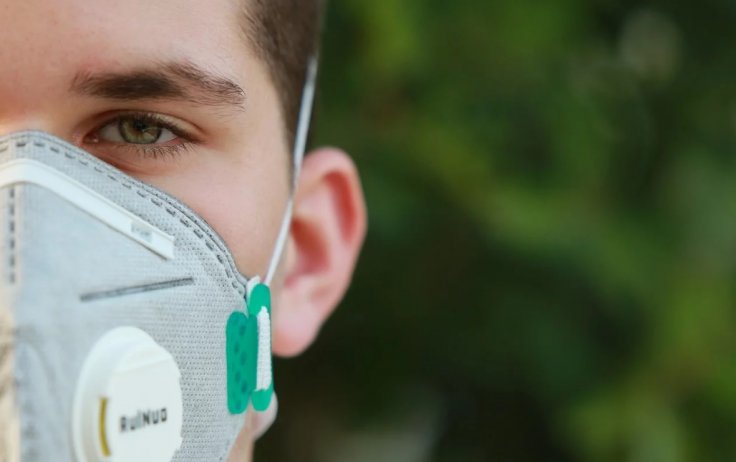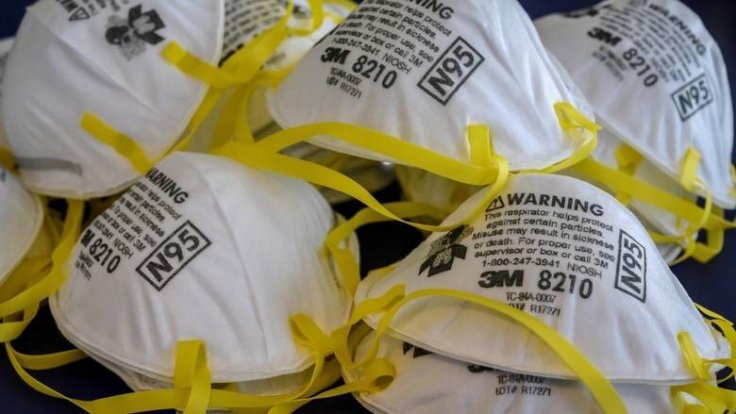Health class workers (HCW) are significantly 12 times at higher risk of getting infected from coronavirus as compared to the general public. The risk is even higher with an additional 26 percent among HCWs with inadequate access to Personal Protective Equipment (PPE) who treats COVID-19 patients.
The study not certified by peer review is conducted in collaboration with various US and UK departments and approved by the Partners Human Research Committee, US and King's College London Ethics Committee, UK. The data has been collected amongst 2,810,103 individuals beginning from March 24 in the UK and March 29 in the US till April 23.
The Centers for Disease Control and Prevention recently recommended respirators for HCWs while caring for coronavirus patients and universal use of mask at work. However, short supply of masks, face shields, gowns is leading to extended use or reuse of PPE by frontline workers.
Demographic factors collected from individual through smartphone application

The study was conducted by using the mobile-based application to examine the risk factors through individuals from the UK and US. Participants were asked to provide demographic factors with symptoms like fever, fatigue, and loss of smell or taste if they are not feeling physically normal. They were asked if they have been tested for coronavirus. Whether they are health care workers, if yes then do they care for documented COVID-19 patients? They further classified the availability of PPE and how frequently they use.
Out of the total number of individuals, 134,885, reported being frontline health care workers. Researchers found out the prevalence of 2,747 VOVID-19 cases per 100,000 HCWs compared to 252 cases per 100,000 in the general community. "Higher infection rates were reported in New York, New Jersey, and Louisiana in the US and in the areas around London and the Midlands in the UK," report reads.
PPE not the only factor for HCWs at higher risk
The study states the availability of PPE is directly related to the number of HCWs testing positive due to exposure to COVID-19 patients. Scientists acknowledge that PPEs are not the only reason for HCW at a rate of higher risk as 86 percent of HCW reported with adequate availability of PPE, according to the survey. They suggest additional factors leading to elevated risk can be working at inpatient setting like nursing homes, hospital-based clinics, home health sites and ambulatory clinics. "Notably, HCWs in nursing homes were the most frequent (16.9%) to report inadequate supplies of PPE," they said.
Health care workers in the UK are relatively at higher risk compared to the US. "Notably, the association appeared stronger in the UK (aHR 12·5, 95% CI: 11·7 to 13·2) compared to the US (aHR 2·80, 95% CI: 2·09 to 3·75) (pdifferencePPE should be the priority before lifting the stay-home-orders throughout the world.
Regional specific differences like population density, socioeconomic deprivation, relative availability and the difference in health care settings also contribute to the observed variation of HCWs risk rate between the UK and US.
Historic data

Our historic data support during the Ebola crisis HCW cases was 21 to 32 times greater than the general public. Currently, during coronavirus epidemic, HCWs comprises 20 to 40 percent of all the cases varying in different countries.
"The experience with influenza A virus subtype H1N1 reaffirmed the importance of PPE and also showed much higher infection rates among HCWs working in dedicated infection containment units," study reveals.








